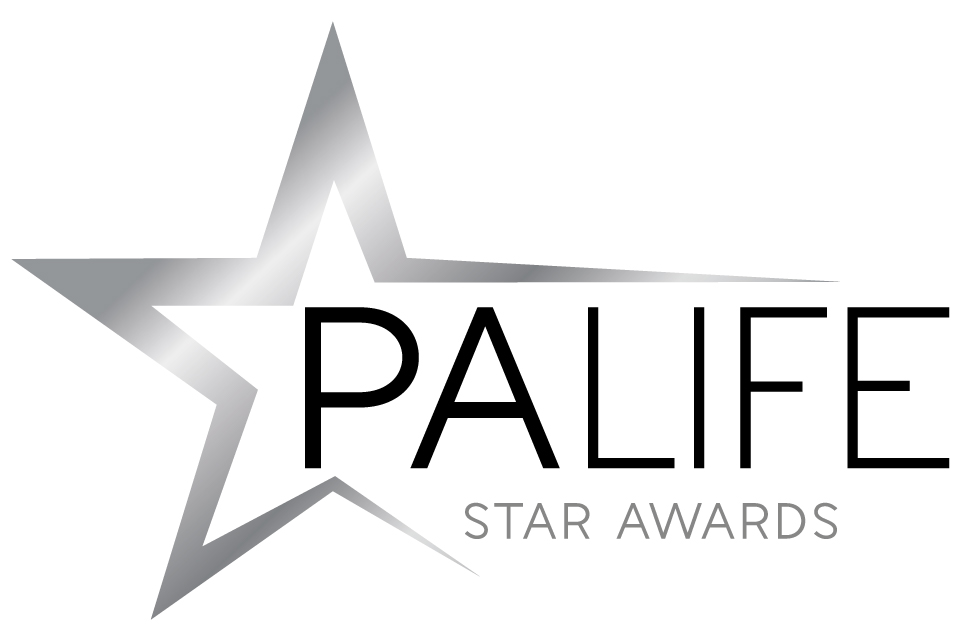Being part of a team has important health benefits, including increased happiness and self-confidence, a sense of belonging and lower stress levels. Here, Rachel Murray, Head of Employee Health and Wellbeing at Bupa Global & UK gives her advice on how to make sure your workplace is inclusive for everyone. A great reminder for us all to consider what inclusion really means as we mark National Inclusion Week from September 25 to October 2nd.
One of the most common types of team is a work team, however according to Bupa research, more than one in four people (27%) say they’ve felt excluded at work in the past year. This exclusion is particularly pronounced among disabled people – almost half (46%) say they are now isolated, leading to high levels of loneliness, anxiety and sadness.
Start building an inclusive workplace with hiring
Consider your recruitment practices and whether they are inclusive. This goes beyond just interviews – think about where you advertise a job vacancy, and who will find it.
It could be a good idea to review the language and imagery used in job adverts, on your company website and in other assets to ensure that they are inclusive, it’s worth ensuring that hiring managers are briefed on best practice when it comes to shortlisting and interviewing.
Your business may be able to consult with specialists if you are concerned that you might be struggling to reach a diverse enough pool of candidates, including disabled people.
Encourage real flexibility
Flexible working has been implemented more widely since the pandemic, but it is still worth considering your policy and how working patterns might need to be reasonably adapted for everyone’s needs. The more your business is able to be flexible when it comes to working patterns and practices, the easier it is to be inclusive.
At Bupa, colleagues can use a ‘This Is Me’ document that prompts an honest conversation between a colleague and line manager to help someone work at their best. Recent Bupa research found that employees with less visible disabilities don’t always feel comfortable disclosing them at work, for fear of reprisals. However, this can lead to presenteeism and impact on physical and mental health. Managers should have a very broad conversation about working styles, communication, hours, flexibility, health and wellbeing, as well as physical adjustments.
Consider how accessible your workplace really is
A truly accessible workplace means going further than then physical environment.
The important thing about making your workplace inclusive is not to assume that people with the same disability will need similar solutions. You should tailor adjustments to the needs of the individual, after careful consideration and the advice of experts.
Thinking about how your workplace accessibility policies are communicated and discussed is key to improving inclusion. By telling all employees what you’re doing to create a more accessible workplace, you give your people a chance to take you up on that provision.
Build supportive teams
Collaborating within a team allows for the distribution of responsibilities, enabling everyone to share the load and prevent excessive stress or burnout. Being part of a team at work or within aspects of our personal lives offers a valuable support network to help you navigate life’s challenges. When faced with difficulties, having a group of individuals who share common goals and experiences can provide encouragement, guidance, and emotional support.
Create an inclusivity network
Dedicated networks and groups aimed at advancing diversity and inclusion at your workplace can help keep the issue on the agenda, through various mediums such as listening sessions, peer-to-peer support and welcoming external speakers to share their lived experiences. Senior leaders should ensure good links with these networks to ensure that the needs of their employees are being met.
At Bupa, our ‘Be You at Bupa’ network helps to promote visibility and a sense of belonging for our people. Our aim is to educate and build awareness of diversity and inclusion in a safe, open space.
Mind your language
Try to be sensitive about the language you use when referring to different groups, for example with disabled people. Don’t use ableist terms or use language that suggests disabled people are less capable or need pity. You can also help by calling out this language when you hear others use it.
And remember, creating an inclusive workplace goes beyond looking out for your own behaviours or use of language. Don’t be afraid to confront ableism – leading by example is key and that means challenging prejudice and misconceptions as soon as you encounter them.
It’s important that we have open and honest conversations, even if we feel awkward or are worried about saying the wrong thing, as this helps promote inclusion in our society. And if you’re not sure, ask!
We also have an excellent article on what workplace discrimination and exclusion feels like










